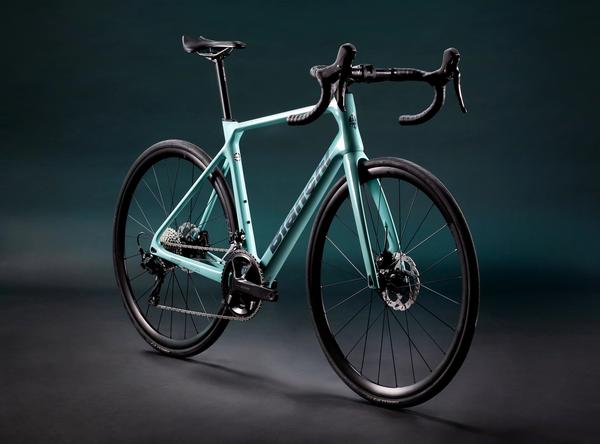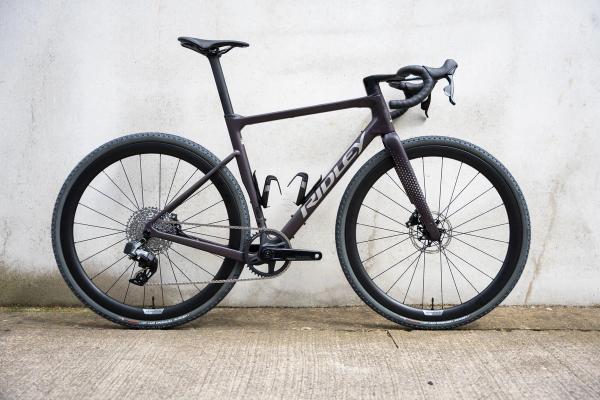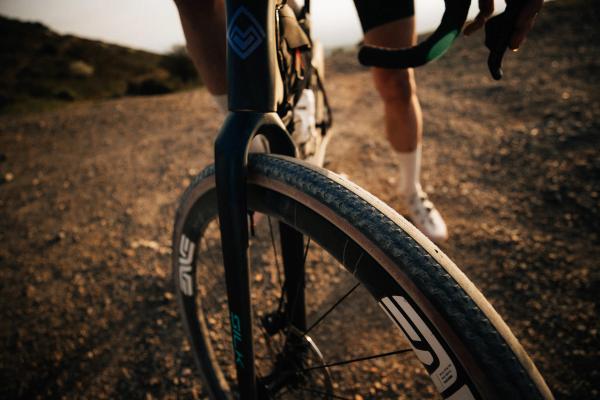What is fusion fibre and is it the future of bike component manufacture?
Ollie was recently invited to take a look at the factory that is at the forefront of carbon fibre technology
Alex Hunt
Junior Tech Writer
Forge and Bond are a carbon fibre composites manufacturer based in Utah. They are one of the pioneering companies using a new type of carbon fibre construction called fusion fibre. To find out more about this exciting new technology GCN’s Ollie Bridgewood took a tour around the factory.
While he's there Ollie looks at the conventional carbon fibre technologies and manufacturing techniques that you might be more familiar with. There are two main drawbacks to the current carbon fibre process. Firstly manufacturing anything with carbon fibre is very labour-intensive which is the reason so many of the carbon fibre products we use are produced in East Asia where labour costs are lower. Secondly, the pre-impregnated carbon fibre that is typically used needs to be frozen to prevent the epoxy resin from curing which makes the transportation and storage of this material incredibly costly.

© GCN
Carbon fibre comes in large reels than have to be kept frozen until they are ready to be cut and used
With this method of manufacture large sheets of carbon fibre are laid out and then laser cut to the right profiles to be used in the moulds. The problem with this is there's a lot of waste material from cutting out the profiles and also in the trimming process once it has been moulded.
- Read more: How is carbon fibre made?
The moulding process is incredibly labour-intensive and is done by hand. When the carbon is laid in the moulds it is really important that no air gaps are left in between the different layers as these become potential weak points that can compromise the integrity of the final product.
Once the carbon has been moulded it needs to be cured in an autoclave. This is essentially a big pressure cooker that can not only heat the products but also put them under pressures of up to 100psi to reduce the likelihood of any voids developing in the fibres. Much like with the storage of the carbon, this process is incredibly energy intensive.

© GCN
An autoclave is essentially a large high pressure oven that is used in the curing process of traditional carbon fibre
The final step in this process is to trim off the excess carbon or resin that has seeped in the curing process. Once again any of the carbon trimmed off at this point is waste that cannot be recycled and takes a lot of care and precision to do properly.
What is fusion fibre?
The main difference between traditional carbon fibre and fusion fibre lies int the material used from the offset. Instead of carbon fibres pre-impregnated with an epoxy resin, they're instead combined with nylon. The immediate benefit of this is that there is no need to keep it frozen as the nylon doesn't behave as a traditional resin would.
Nylon is also a thermo-softening plastic which means that this type of carbon fibre can be recycled simply by heating it to the point at which the nylon behaves as a fluid. This is a game changer as far as the impact of carbon fibre products is concerned as it allows them to be recycled which is something that up until this point has not been achievable.
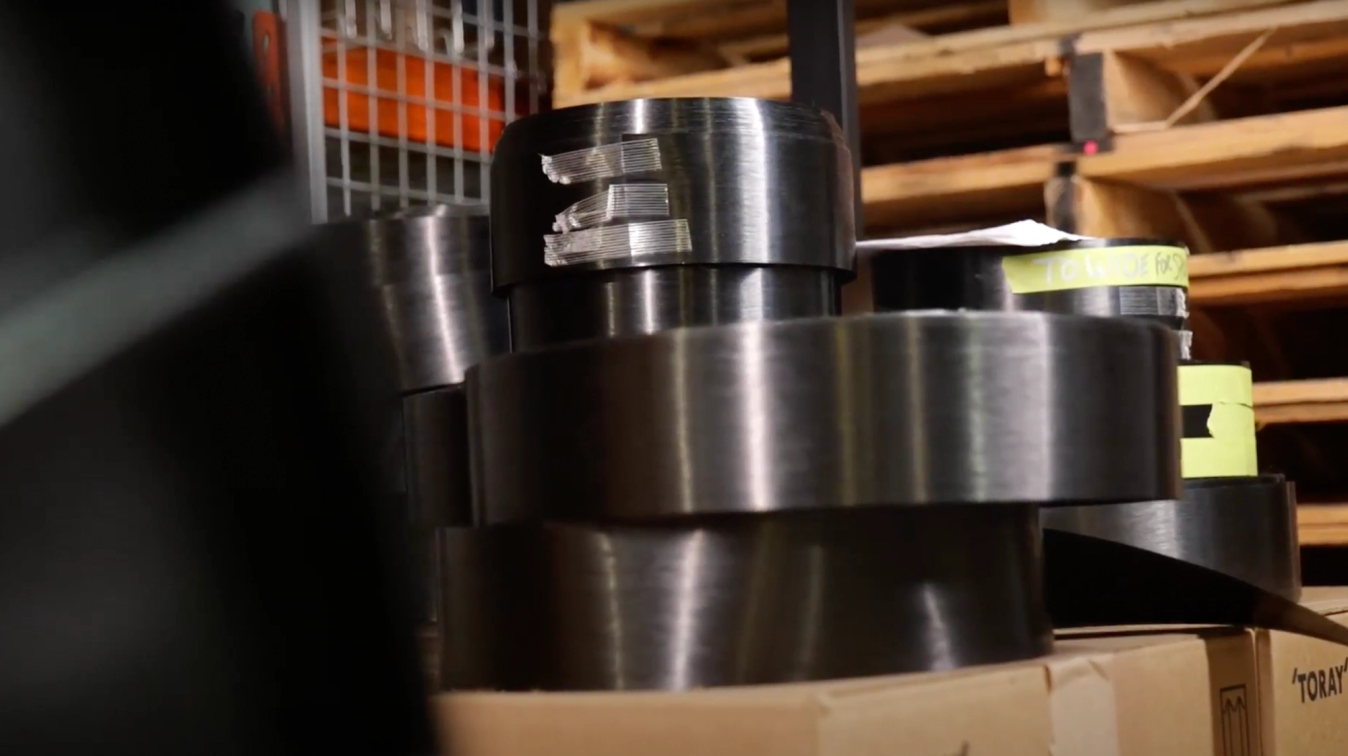
© GCN
Fusion fibre carbon comes on far more manageable spools that can be kept at room temperature
Another difference with fusion fibre is that instead of coming in large sheets that have the profiles for the end product cut out, they come in more compact spools. These are then loaded into a machine cutter that can very quickly and precisely cut all the required material to create the final product.
For a fusion fibre wheel, 132 individual swatches of material are used with the machine using a vacuum table to place and hold all of the parts in the correct place. Whilst they are being held in position the machine can ultrasonically tack weld all of the swatches together so that they act as one profile.
One of the downsides that limits its current feasibility is the cost of buying into this technology. Not only is the design process different but also the machines needed for this style of manufacture are incredibly expensive.
When it comes to heating the material to allow the nylon to flow in between all the carbon fibres a machine called the Fibercon is used. This can heat treat the parts in a matter of minutes as well as cool them so they can be handled. This process is a lot more time and energy-efficient than the autoclave method currently used in more traditional practices.
Once the 2D profile of the wheel has been formed it is then transferred to a machine that presses the 2D profile into a mould. Due to the thermic properties of the material it can be heated over and over again, so although it was heated to create the 2D profile it can now be heated again for it to be malleable enough to press into shape.
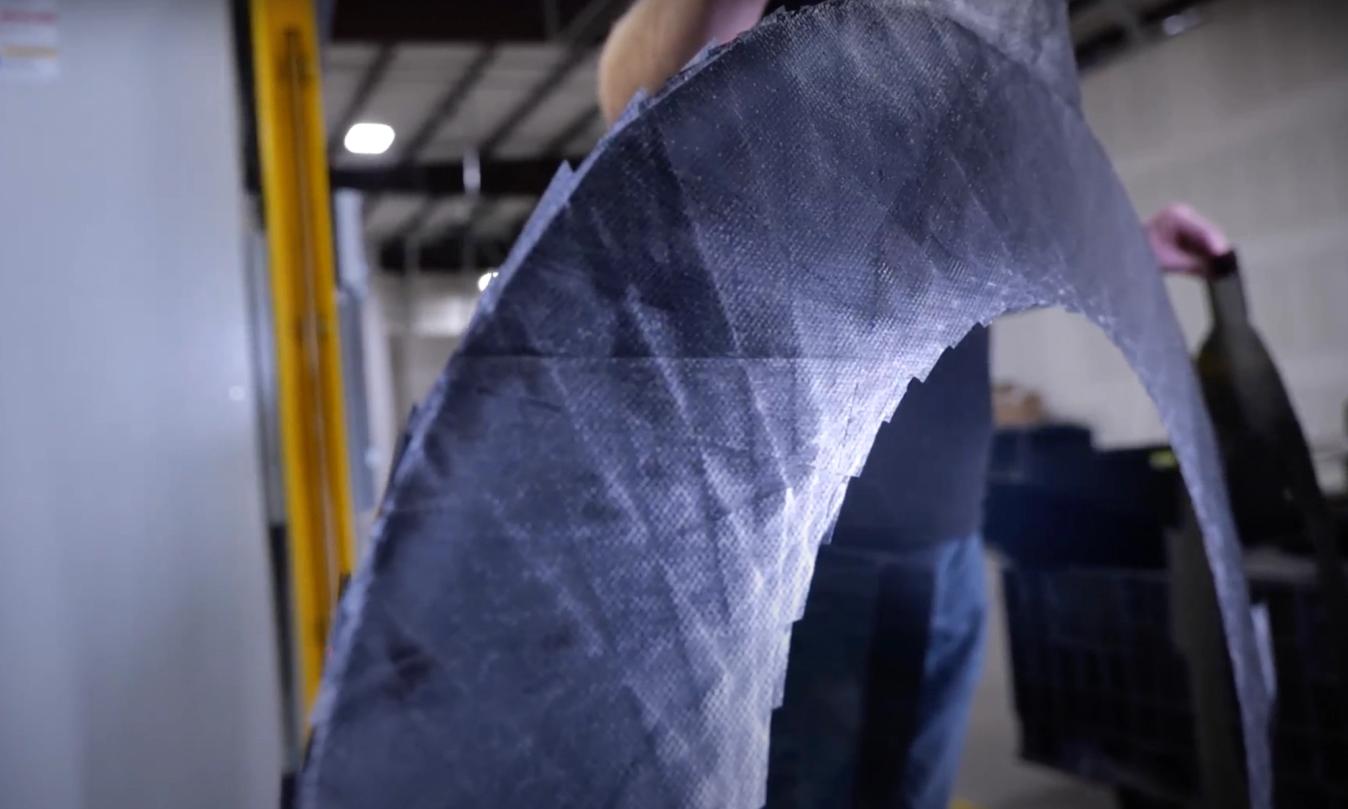
© GCN
Fusion fibre can be heated multiple times allowing it to be formed in to a profile and then heated again when pressed in to shape
Another difference between this new technology and the current method is that the trimming process can be automated and carried out by a high-pressure water cutter. This is more accurate than manually trimming the excess and is far less labour-intensive. With the waste removed the two halves can be welded together before heading to the finishing stages.
The surface finish of fusion fibre allows for a completely new approach to how wheels are finished and branded. Because of the properties of the nylon used any logos can be applied directly to the surface of the carbon with heat and pressure. The moulds used to bond the two halves of the wheel together have all the surface branding etched onto them so once the product has been bonded together there is no need for any additional surface work.
The final step in the process is to have the valve and spoke holes drilled into the rim. Continuing the theme of automation, this is done with an automated milling machine. After this step has been completed the rim is ready to be laced and assembled to whichever hub has been specified.
Make sure to catch the full tour of the factory on the GCN Tech YouTube channel or at the top of this article. Ollie takes a look at some of the aerospace parts the brand also make which were discussed on this week's tech show.








